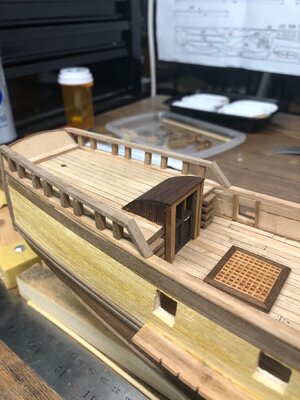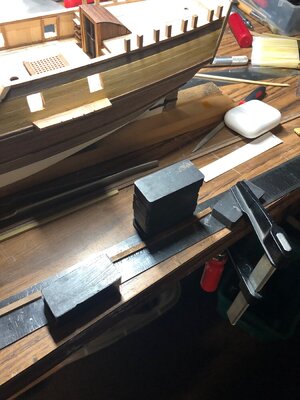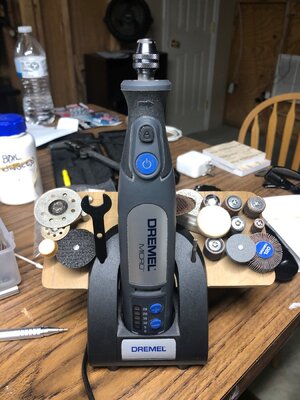- Joined
- Jun 17, 2021
- Messages
- 1,653
- Points
- 488

Model Shipways supplies walnut strip planking veneer in various widths. Good quality in my past experience.




Shipment arrived today. The walnut strip is a much superior quality than that in the kit, at first glance. Erebus will be added to my 'ships to build' queue!Good tip. Worth checking out over here?











